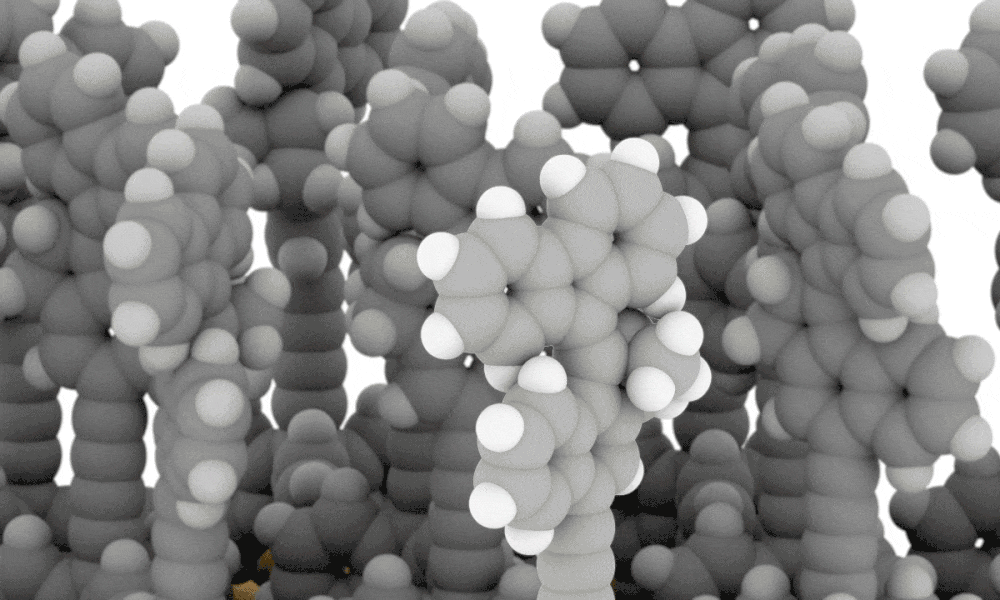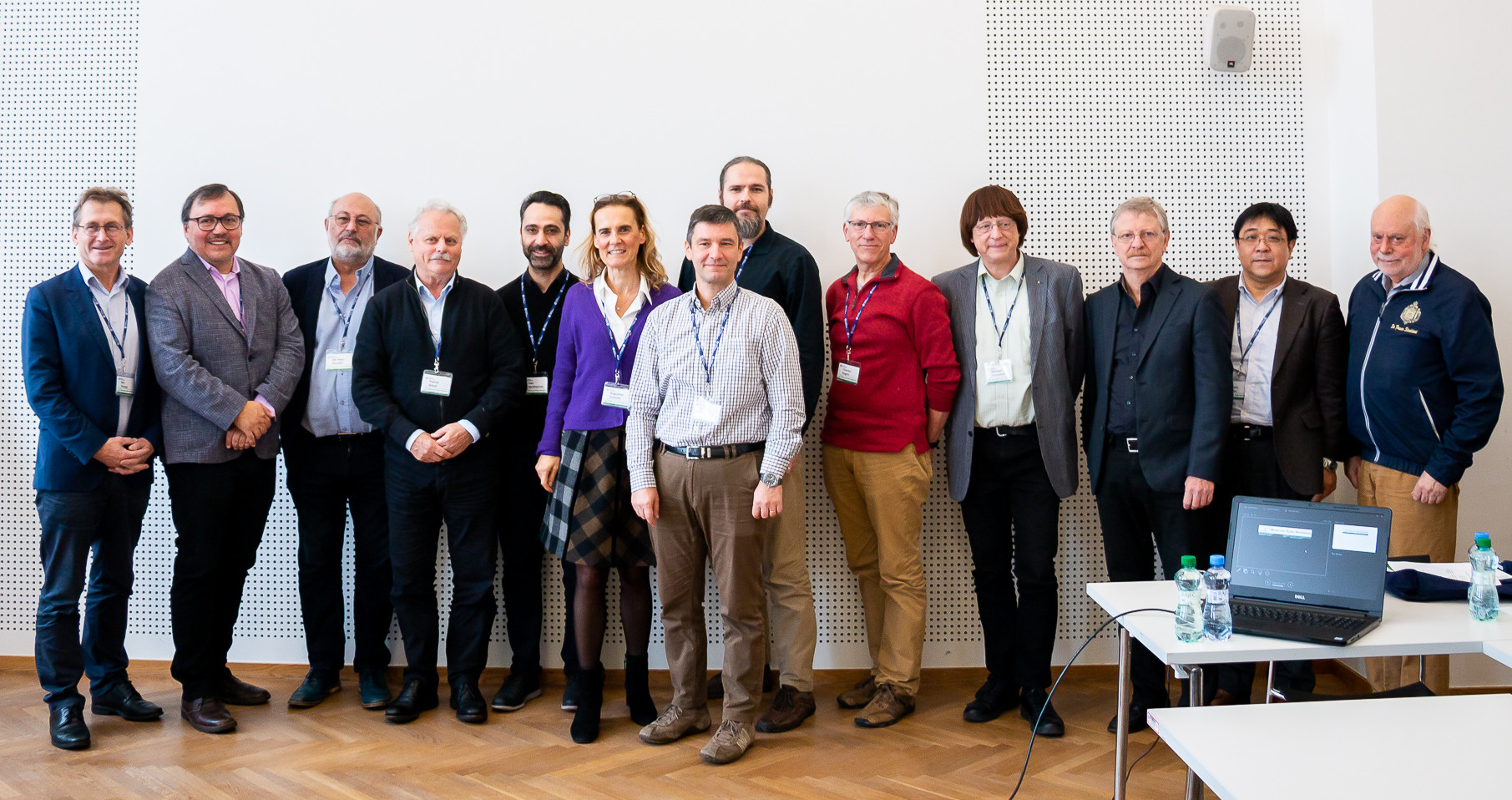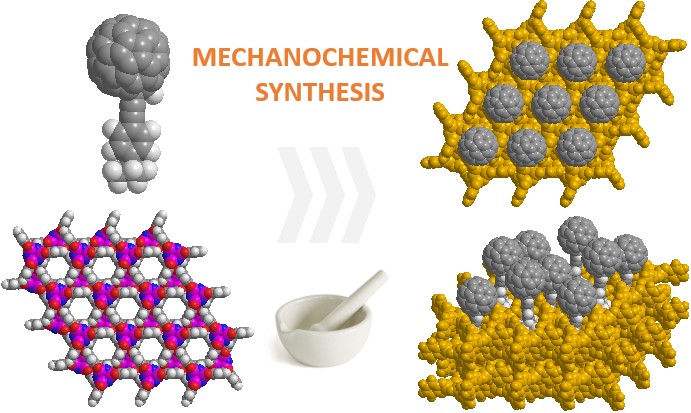Scientists created an organized array of light-driven molecular motors

Researchers from the Institute of Organic Chemistry and Biochemistry of the Czech Academy of Sciences (IOCB Prague) built a 2-dimensional organized array of light-driven molecular motors. At the molecular level, they have created a system of regularly spaced microscopic machines that rotate when illuminated. The team, headed by Dr. Jiří Kaleta (Prof. Josef Michl Group), collaborated with the 2016 Nobel laureate in chemistry, Prof. Ben Feringa. Their research was published in the prestigious Journal of the American Chemical Society (JACS).
The IOCB Prague researchers wondered whether molecular motors could be precisely positioned to form a 2-dimensional regular array and whether the motors would still be functional when arrayed. What seems a trivial matter at the macroscopic level, however, may prove to be challenging at the nanoscale. Even though scientists have succeeded in creating and manipulating individual molecules, a system of thousands of molecular motors would take many years to generate using current methodologies.
Jiří Kaleta and his team therefore looked for ways to make the molecules self-arrange. "We decided to use tris(o-phenylene)cyclotriphosphazene (TPP), which is widely used for these purposes in the Josef Michl Group. Its crystals create small plates containing long, straight channels that reach the surface and run perpendicular to that surface," explains Dr. Jiří Kaleta. "This compound forms complexes very easily with other molecules that are happy to go inside the voids and to not come back out."
Then, the researchers designed and synthesized (in dozens of steps) the molecular motor. The final molecule is in the shape of a rod carrying the motor at its top. The other side of the rod is then slightly smaller than the diameter of the channel in the TPP crystal and serves as an anchor of the compound. The molecule is able to get inside the channel in the TPP matrix and can be seated there permanently. The motor molecule is also equipped with a stopper that prevents the motor from drowning in the void and thus losing its ability to rotate.
The rotation itself is driven by light. "The motor is fueled by light of a particular wavelength. Illumination makes the motor turn partially, and then the rotor turns the rest of the way on its own. Another illumination initiates the next cycle, and it can go on like this forever. Each illumination brings about rotation just like when fuel is injected into a car engine cylinder," says Jiří Kaleta.
Once the researchers synthesized the motors and arranged approximately two thousand of them regularly onto the surface of a substrate, they were able to demonstrate that the light-driven rotation is not compromised by either the surface confinement or the density of surface coverage.
The development of molecular motors is still in its early days and in the basic research realm, but it is clear that it has great potential and is drawing a great deal of attention, as illustrated by the 2016 Nobel prize in chemistry awarded for the research in this field. The discovery by the IOCB Prague team and their colleagues shows how to move away from manipulating individual motors to organized arrays of millions or billions of units with a dramatically increased impact. This will enable us to study motors more conveniently, and an appropriately designed system could eventually lead to the transport of microscopic objects along the surface with the use of just light as a trigger and the fuel for the process.
Original paper:
- Kaleta, J.; Chen, J.; Bastien, G.; Dračínský, M.; Mašát, M.; Rogers, C. T.; Feringa, B. L.; Michl, J. Surface Inclusion of Unidirectional Molecular Motors in Hexagonal Tris(o-phenylene)cyclotriphosphazene TPP. J. Am. Chem. Soc. 2017, 139, 10486-10498. http://dx.doi.org/10.1021/jacs.7b05404






